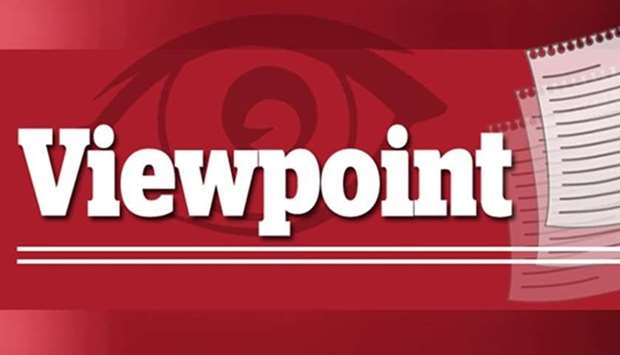Using higher interest rates to bring down sky-high inflation without crashing the economy into a recession … for sure, Federal Reserve Chair Jerome Powell and his colleagues are embarking on a delicate mission.
The ideal result would be what economists call “a soft landing.”
But steering the US economy toward one has been made immeasurably harder by Russia’s invasion of Ukraine and the aftershocks shaking the global energy, commodity and financial markets.
The Fed has kicked off a campaign of interest rate hikes that’s set to be the most aggressive since the mid-2000s. But Powell has assured Americans that the fight against inflation won’t tip the US economy into recession.
After raising rates by a quarter point for the first time since 2018 and signalling six more increases this year, Powell has said that inflation is too high, the labour market is over-heated and price stability is a “pre-condition” for the central bank as it tackles the hottest price pressures in 40 years.
Policy makers forecast a sequence of rate hikes, finishing this year at 1.9% and then to about 2.8% by the end of 2023, which would be considered restrictive to growth.
From June 2004 to June 2006, the Fed had moved its benchmark up from 1% to 5.25%, tightening at 17 straight meetings.
The Fed has said Russia’s invasion of Ukraine posed “highly uncertain” implications for the economy that create near-term upward pressure on inflation while weighing on economic activity.
When the Fed’s first rate hike was announced on March 16, Powell said the economy was “very strong and well positioned to handle tighter monetary policy.”
Some prominent economists are not so sure.
The sceptics argue that the Fed waited too long to address mounting price pressures by insisting for months that those inflationary forces would prove to be “transitory.”
Now, with inflation well above the Fed’s objective – and the labour market “at least” at maximum employment, by Powell’s own admission – he’s catching flak from many sides.
And in a rare admission for a Fed chair, Powell said that “hindsight says we should have moved earlier.”
The Fed sets monetary policy by adjusting the interest rate big banks pay each other for overnight loans: the Fed funds rate. Changes in that rate ripple through the economy, affecting employment, output and the price of goods and services.
The Fed’s policy direction impacts the whole financial world, especially emerging markets and economies where local currencies are pegged to the dollar.
Powell’s betting that a judicious tightening of monetary policy, combined with an easing of supply-chain bottlenecks and the winding down of the federal government’s pandemic-relief programmes, will help rein in inflation without upending the economic expansion.
On Monday, Powell said the central bank will take the “necessary steps” to get inflation down even if that means increasing interest rates more rapidly than currently anticipated and eventually to levels that slow the broader economy.
His comments suggest that Powell sees even higher inflation as a greater risk to the economy than any near-term slowdown resulting from consumption due to fuel costs and rising uncertainty.
Powell has repeatedly insisted the economy as “very strong” and well positioned to handle higher interest rates.
Fed officials last week forecast economic growth of 2.8% this year, but Russia’s invasion of Ukraine has thrown new risk into their outlook.

viewpoint
